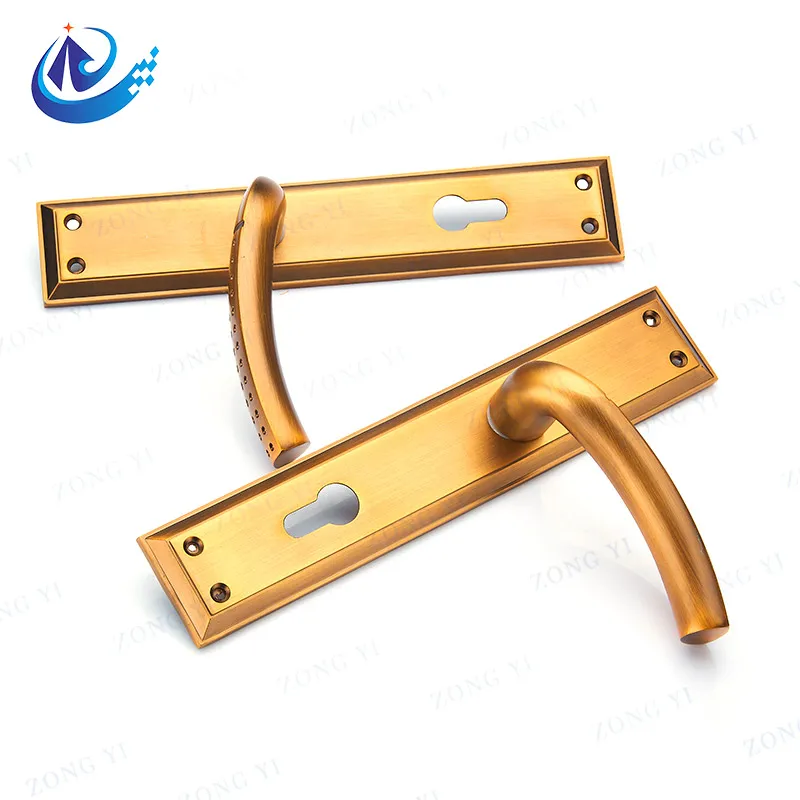Enhancing Durability and Security: The Role of Aluminium and Zinc Alloy in Backplate Door Locks
2024-12-10
When it comes to the durability and security of door locks, the materials used in their construction play a critical role. One such combination gaining popularity in the industry is the use of aluminium and zinc alloy for the backplates of lever door locks. This blog will explore how this unique blend of materials enhances the performance, security, and longevity of door locks.
Understanding the Materials: Aluminium and Zinc Alloy
Before diving into how these materials work together, let's take a look at their individual properties:
1. Aluminium
Aluminium is a lightweight, corrosion-resistant metal known for its strength and versatility. When used in door locks, it provides durability without adding excessive weight. Its resistance to rust makes it an excellent choice for outdoor and high-humidity environments.
2. Zinc Alloy
Zinc alloy is a metal alloy composed mainly of zinc, with small amounts of other metals like aluminium, copper, or magnesium. This alloy offers enhanced strength, hardness, and resistance to wear and corrosion. Zinc alloys are commonly used in locking mechanisms due to their ability to withstand high stress and pressure.
The Synergy Between Aluminium and Zinc Alloy
When aluminium and zinc alloy are combined in the backplate of a lever door lock, the two materials complement each other to offer a balanced set of advantages:
1. Increased Strength and Durability
Zinc alloy is much stronger than pure zinc, offering excellent resistance to mechanical stress, impact, and wear. The addition of aluminium in the alloy helps to reduce brittleness and improves the overall toughness of the lock's backplate. This combination ensures that the lock can withstand heavy use and resist physical break-ins.
2. Enhanced Corrosion Resistance
Both aluminium and zinc are highly resistant to corrosion, but together, they form a near-perfect protective shield. Zinc’s natural ability to resist corrosion is enhanced by the presence of aluminium, which helps to protect the lock from environmental factors such as moisture, salt, and UV radiation. This makes locks with aluminium and zinc alloy backplates ideal for both indoor and outdoor applications.
3. Lightweight Yet Strong
One of the most significant advantages of using aluminium in combination with zinc alloy is the reduction in weight. Despite its strength, the alloy mixture helps keep the backplate relatively lightweight. This balance makes the lock easier to install and handle, without compromising its structural integrity.
4. Improved Security
The robust nature of the aluminium-zinc alloy combination makes it difficult for burglars or unauthorized individuals to manipulate or break the lock. The hardness of the material resists tampering or drilling attempts, while the corrosion resistance ensures the lock remains in top condition for years. This durability adds an extra layer of security to the lock, providing peace of mind to homeowners and businesses alike.
The combination of aluminium and zinc alloy in the backplate of lever door locks offers a range of benefits, from improved strength and durability to superior corrosion resistance. Whether for residential or commercial use, these locks provide enhanced security and longevity, making them a smart investment for anyone looking to protect their property.



